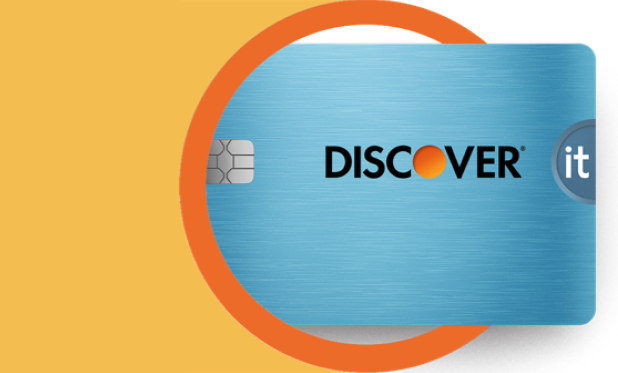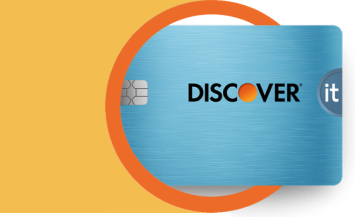
Are you looking to upgrade your ride or purchase your first vehicle? Whatever your reasons, buying a car is easier with thoughtful research and planning.
While a credit card could help you earn rewards on gas or maintenance needs, most people finance a vehicle purchase through a car dealership or bank. Before you take the leap, it can be helpful to determine your down payment and develop a budget for your monthly car-related expenses. Read on for effective ways to save for a new vehicle that can help meet your needs without breaking your budget.







